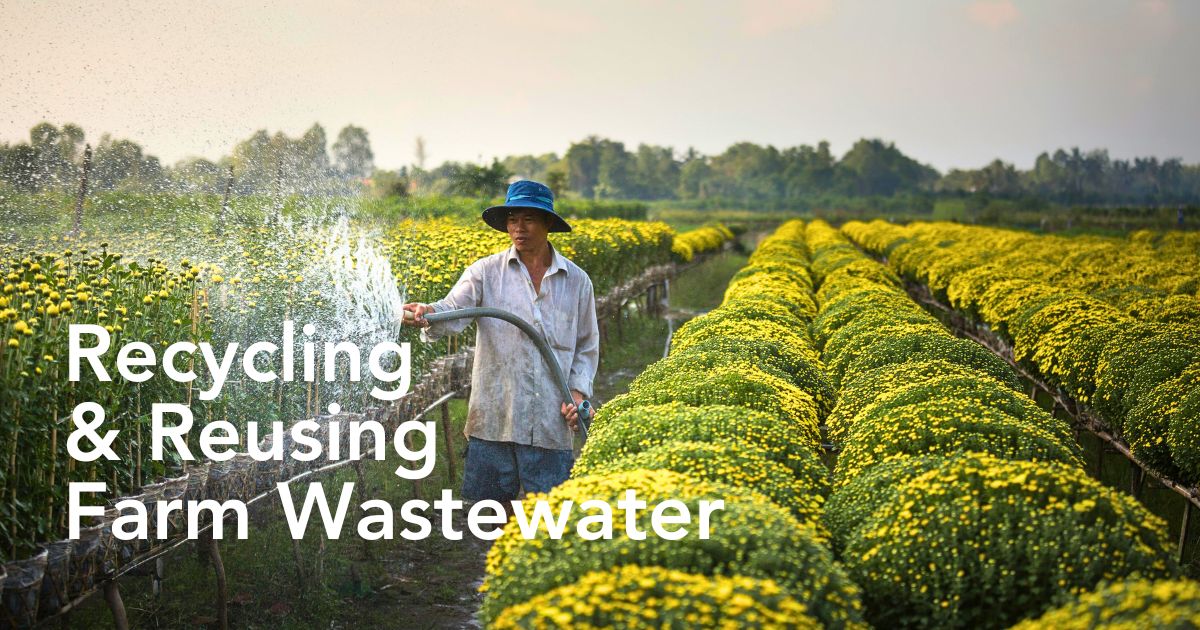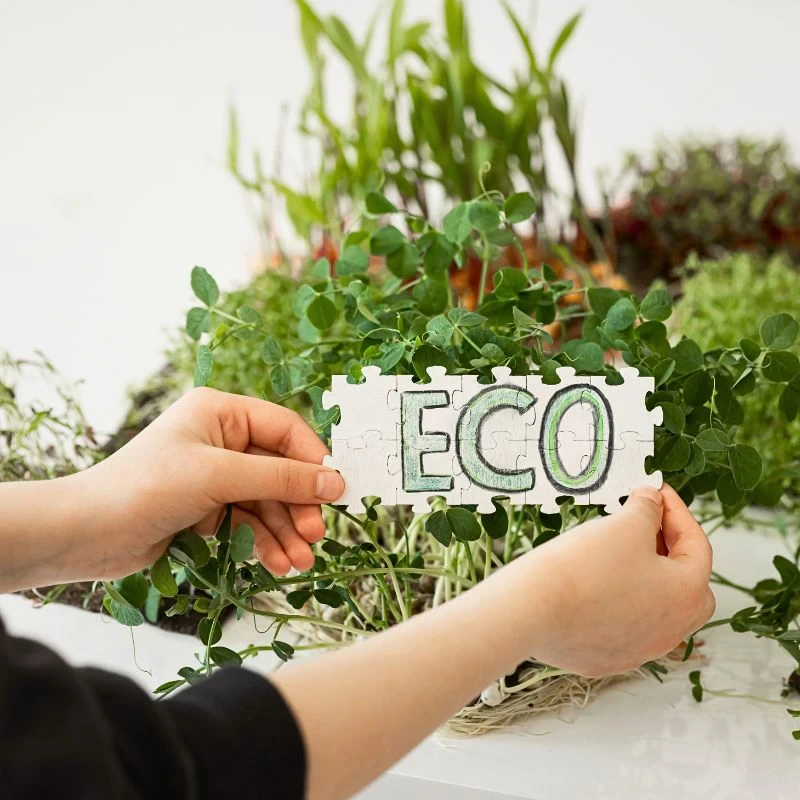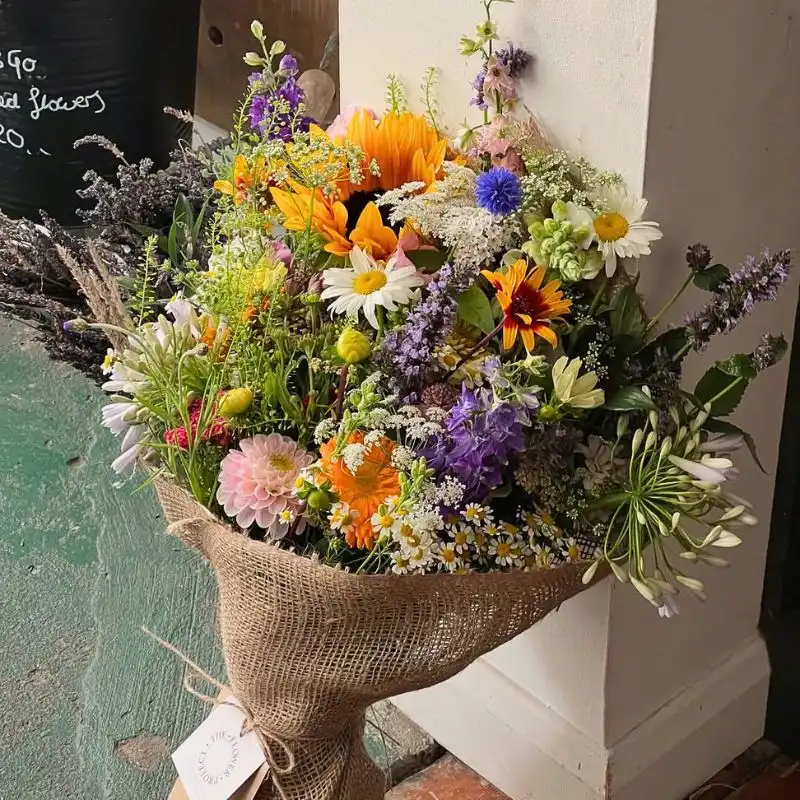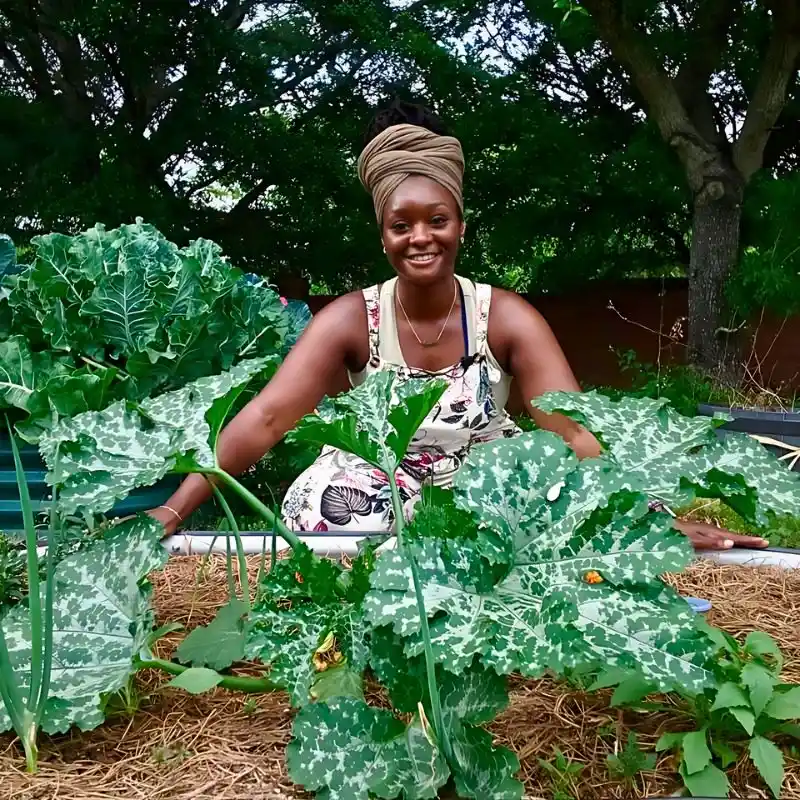Gray water (or greywater) from flower production processes is becoming a practical, increasingly essential solution for water resource conservation in sustainable floriculture operations. This is more so at a time when flower growing faces pressure from water scarcity, regulatory requirements, and environmental concerns. It offers a viable approach to reducing freshwater consumption and depletion while maintaining production quality. Here’s how this happens.
First, What Is Greywater in General and Floriculture Operations?
In general contexts, gray water refers to gently used wastewater from non-toilet sources, including sinks, showers, laundry facilities, and washing stations. Crucially, it does not contain sewer or toilet wastewater, distinguishing it from blackwater. In flower farm operations, greywater typically originates from flower hydration stations, greenhouse cooling systems, equipment washing facilities, and employee amenities. This water is often suitable for treatment and reuse.
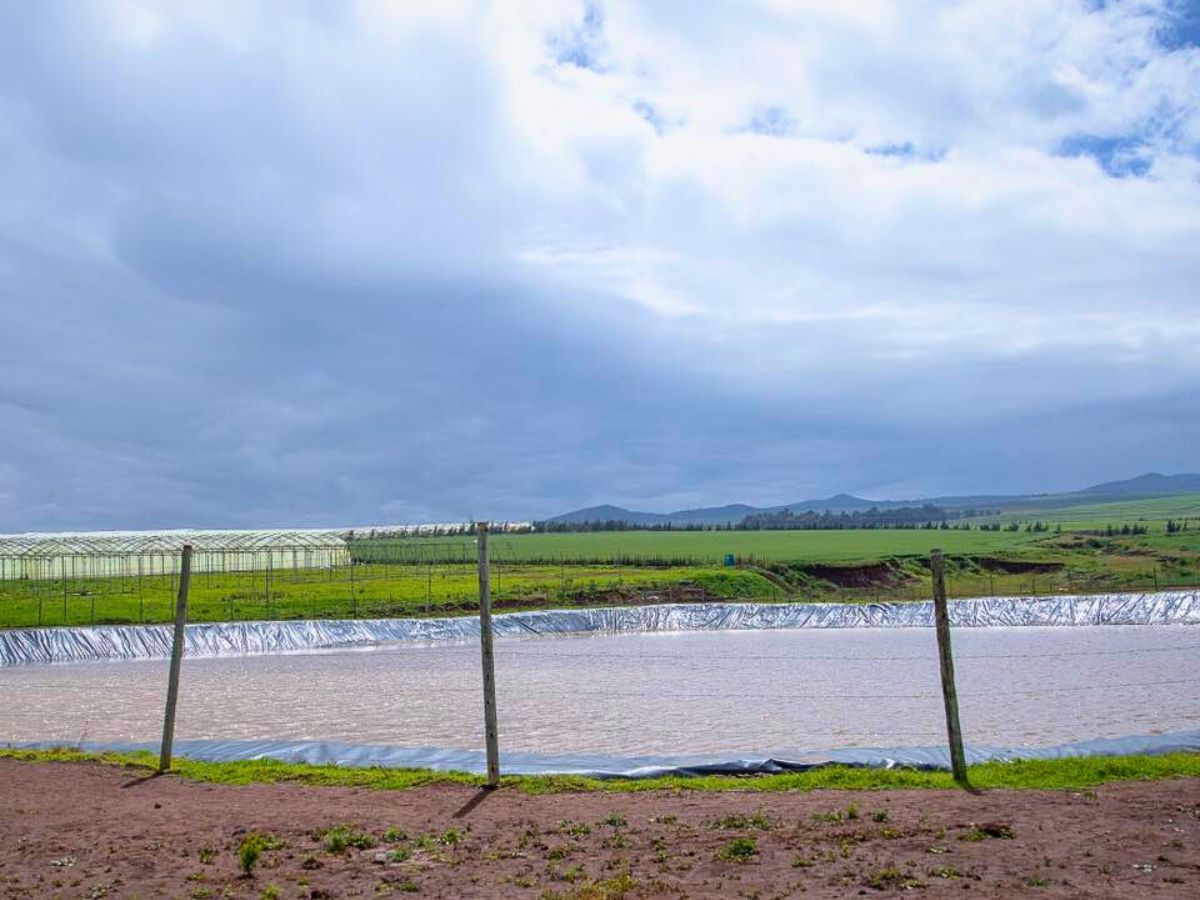
Essentially, this plentiful yet underutilized resource can be collected and directed to dedicated collection points, then treated for irrigation use. This, in turn, substantially reduces reliance on ground, freshwater, and municipal supplies. Notably, unlike blackwater (which includes toilet wastewater and sometimes kitchen water), greywater contains less organic matter and fewer pathogens, making it safer for reuse. So, in regions where floriculture operations compete for increasingly scarce water resources, recycling could offer a water-efficiency measure.
How Greywater Treatment Systems Work
Greywater recycling systems operate through key sequential stages. These are collection, treatment, storage, and distribution. In flower farming ecosystems, collection involves diverting greywater from areas such as washing stations and cooling systems into separate pipeline networks, preventing it from mixing with sewage or other water sources.
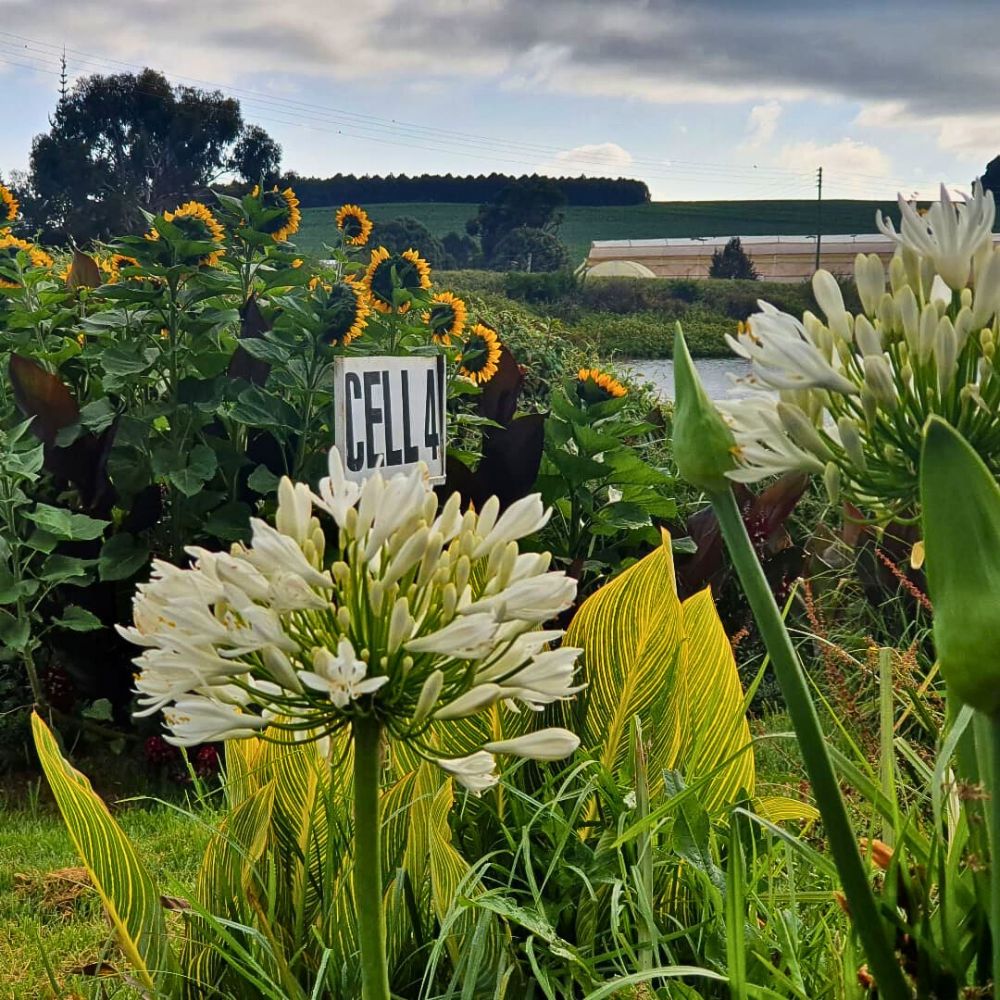
The treatment phase is where most of the complexity lies. This is also where proper design is crucial. Greywater often contains visible impurities, including sediments, residues, and other dissolved organic or insoluble inorganic matter. Its basic treatment involves screening and sedimentation, which remove large particles and allow suspended materials to settle. This preliminary filtration protects downstream equipment and reduces contamination risks.
Advanced systems employ sand filtration and activated carbon filtration to remove finer particles and absorb more residual matter. For flower farming applications where irrigation is applied directly to plant foliage and flowers, additional decontamination is essential.
Applicable methods include ultraviolet (UV) light treatment, chlorine disinfection, or solar disinfection, which eliminates harmful microorganisms. Research shows that properly treated greywater is bacterially safe for irrigation use. Often, this can be manifested by aquatic wildlife, fish, birds, and varieties of flora taking over the treatment and storage sites (mostly constructed wetlands)
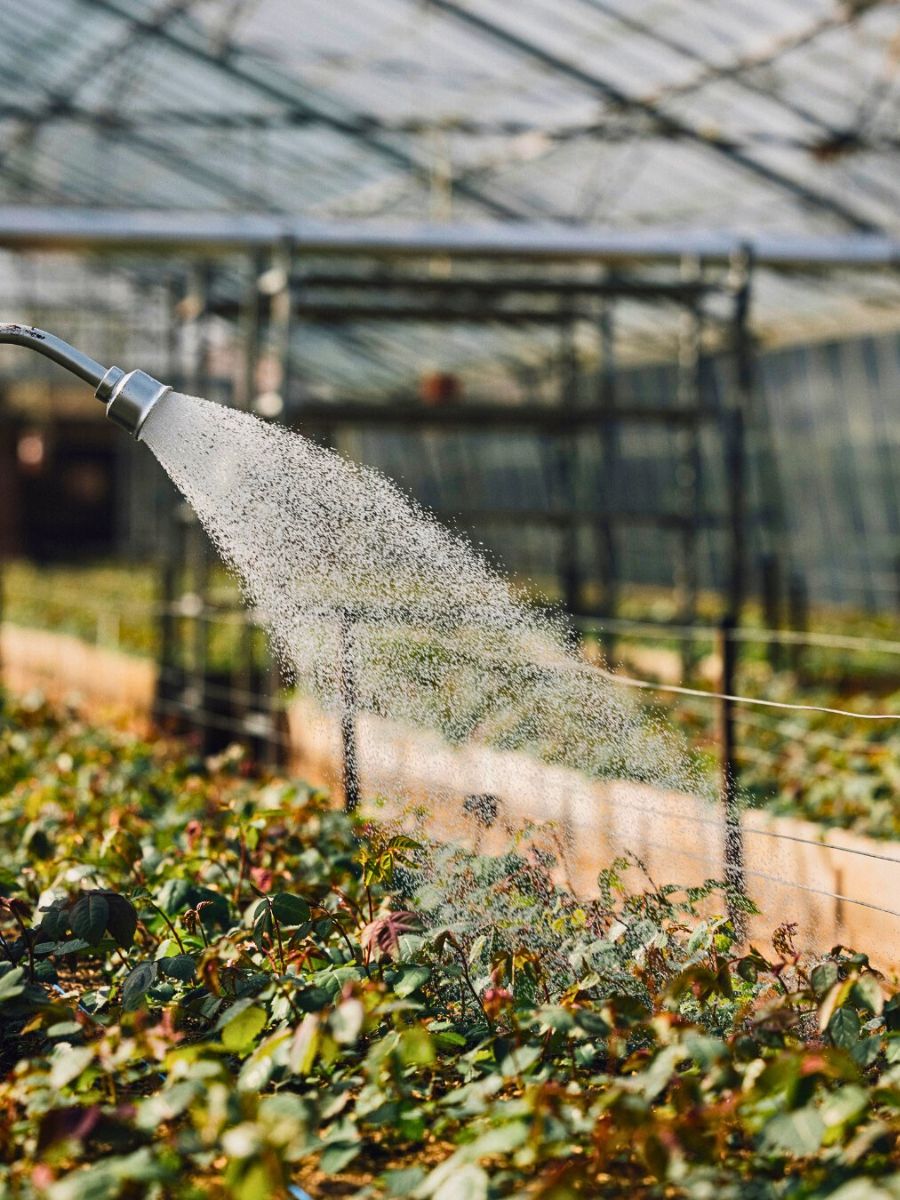
Treated Greywater Application in Flower Farming Systems
Once treated, greywater can be stored in dedicated tanks and redistributed for flower irrigation. Treated greywater is ideally suited for drip irrigation systems commonly used in floriculture, as this method delivers water directly to the soil. In flower farming, greywater irrigation provides several advantages.
Its nutrient composition (with significant residual levels of phosphorus, potassium, and organic matter) can naturally enhance soil fertility. Instead of requiring supplemental synthetic fertilizers, greywater-irrigated soils often show improved qualities, such as increased microbial activity that supports healthy flower growth.
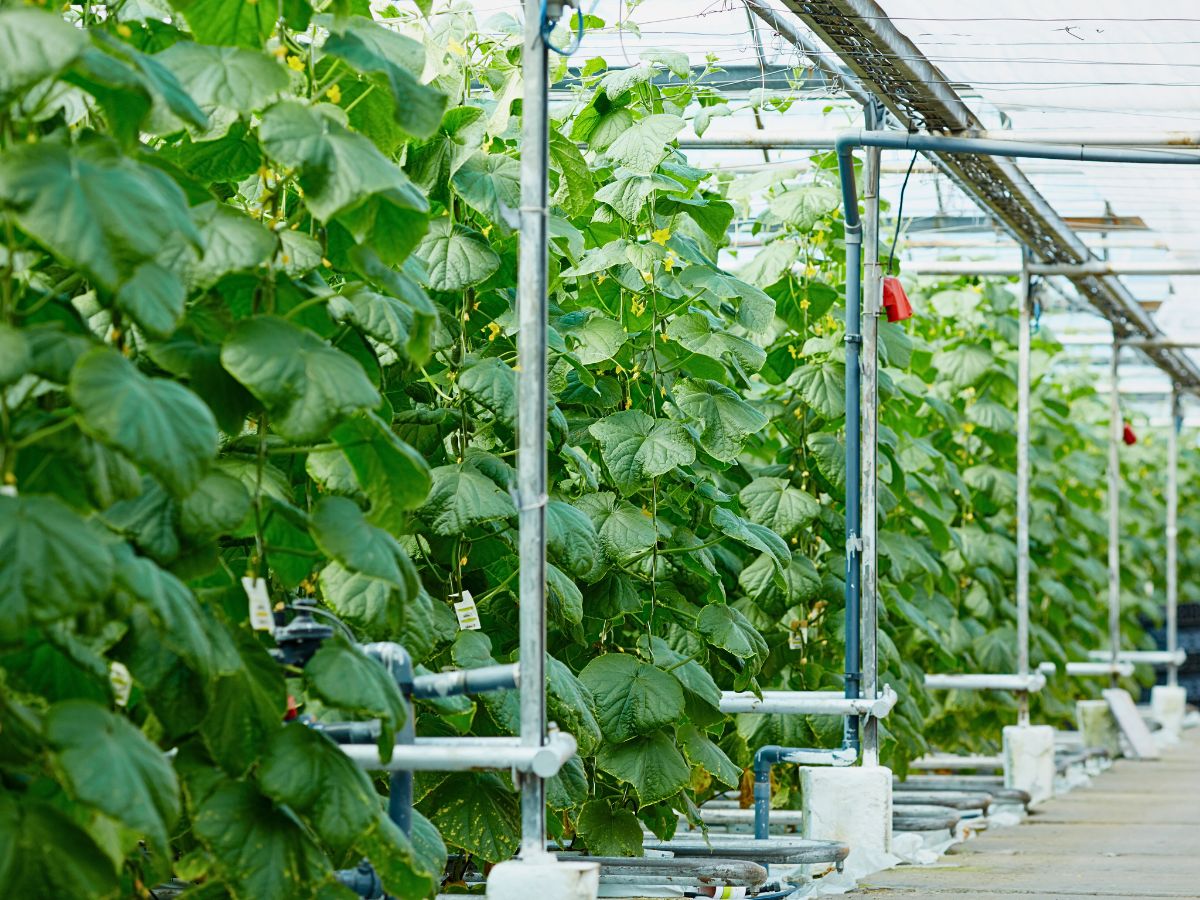
Research on ornamental plants and flowers has shown that treated greywater irrigation, like regular freshwater, supports optimal plant growth. Studies specifically examining ornamental species found that plants irrigated with treated greywater also showed great flowering vigor.
Water Conservation Impact
Treated greywater systems in floriculture offer significant water-conservation benefits. Flower farming and production processes are extraordinarily water-intensive. They require consistent moisture for greenhouse and field operations, as well as for post-harvest handling. Having greywater recycling systems means flower farms can reduce their freshwater use by about 40% to 50%.

Away from the immediate operational savings, greywater recycling reduces the burden on natural aquifers. This matters particularly in regions with flower production, where agricultural water demand competes with residential, crop production, and industrial needs. Also, since they recycle water that would otherwise enter sewage systems, greywater systems reduce intensive wastewater treatment loads and associated energy consumption.
Economic Benefits
Greywater systems also have direct financial advantages that improve farm profitability. Water bills can decrease significantly (in some cases by 35% to 40% annually), providing significant cost savings for smaller floriculture operations with tight margins. These savings accumulate over time and can be redirected toward other flower farm investments or sustainability improvements.

Though not a significant incentive, the reduced need for synthetic fertilizers (due to the nutrient content in greywater) also creates additional cost savings. Since flower farms typically apply fertilizers through irrigation systems (fertigation), the natural greywater nutrient profile can partially substitute for purchased inputs.
Essential Considerations and Challenges
Implementing greywater systems in floriculture requires attention to safety and quality standards. Primary concerns involve pathogenic contamination. While greywater lacks toilet wastewater or sewer contamination, it may still contain bacteria and other microorganisms. Inadequate treatment poses risks to both the plants and farm workers during relevant operations and can potentially affect flower quality if contamination occurs.
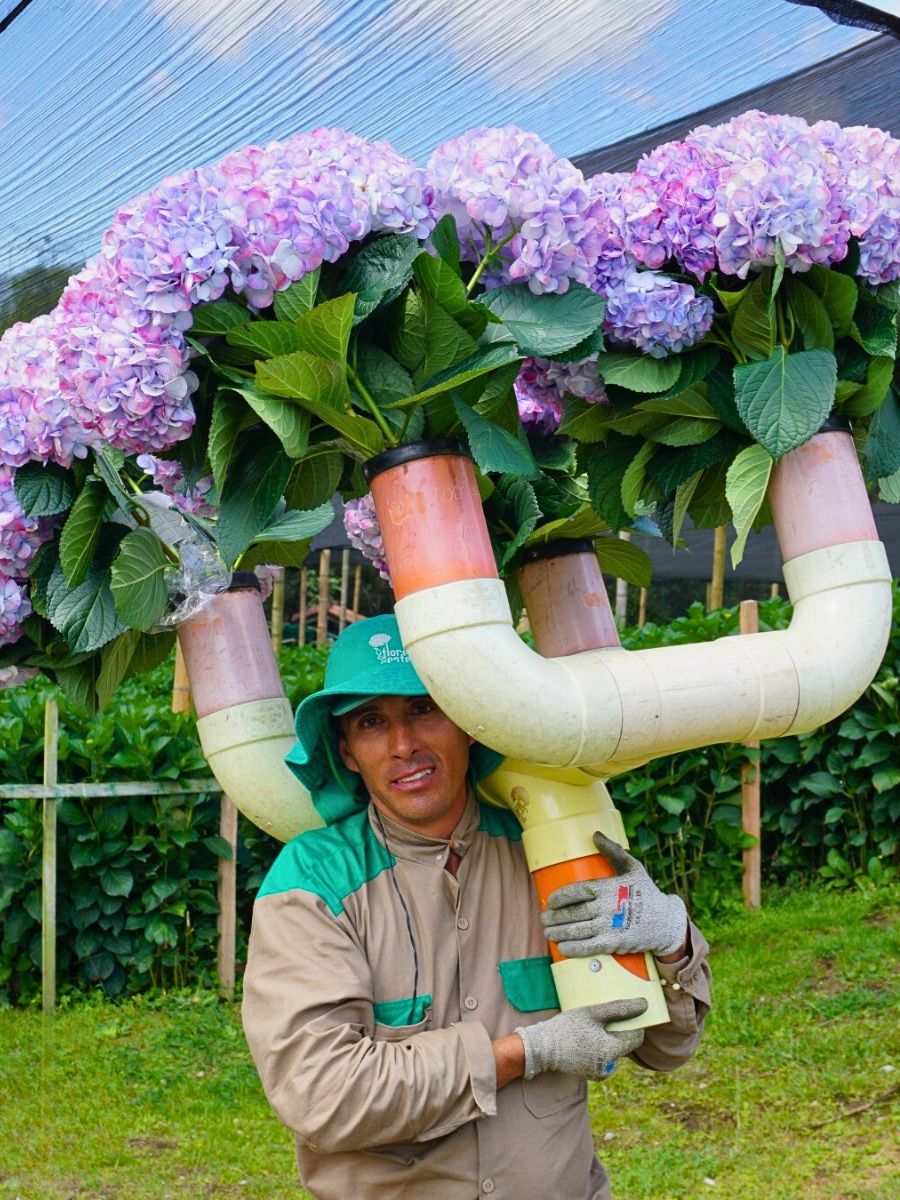
Chemical composition presents another consideration. Greywater may contain traces of detergents, soaps, and cleaning agents that vary in environmental friendliness. Accumulation of salts and soap residues in soil over extended periods can alter soil pH, reduce permeability, and inhibit microbial activity if salt concentration becomes excessive. It demands stringent monitoring and periodic rotation of irrigation areas to prevent salt buildup.
Quality consistency can vary significantly based on water source composition. Kitchen sink water, for example, contains grease and food particles that complicate treatment and should typically be excluded from greywater systems. Basically, different flower farm facilities generate greywater of differing quality, demanding tailored treatment approaches.
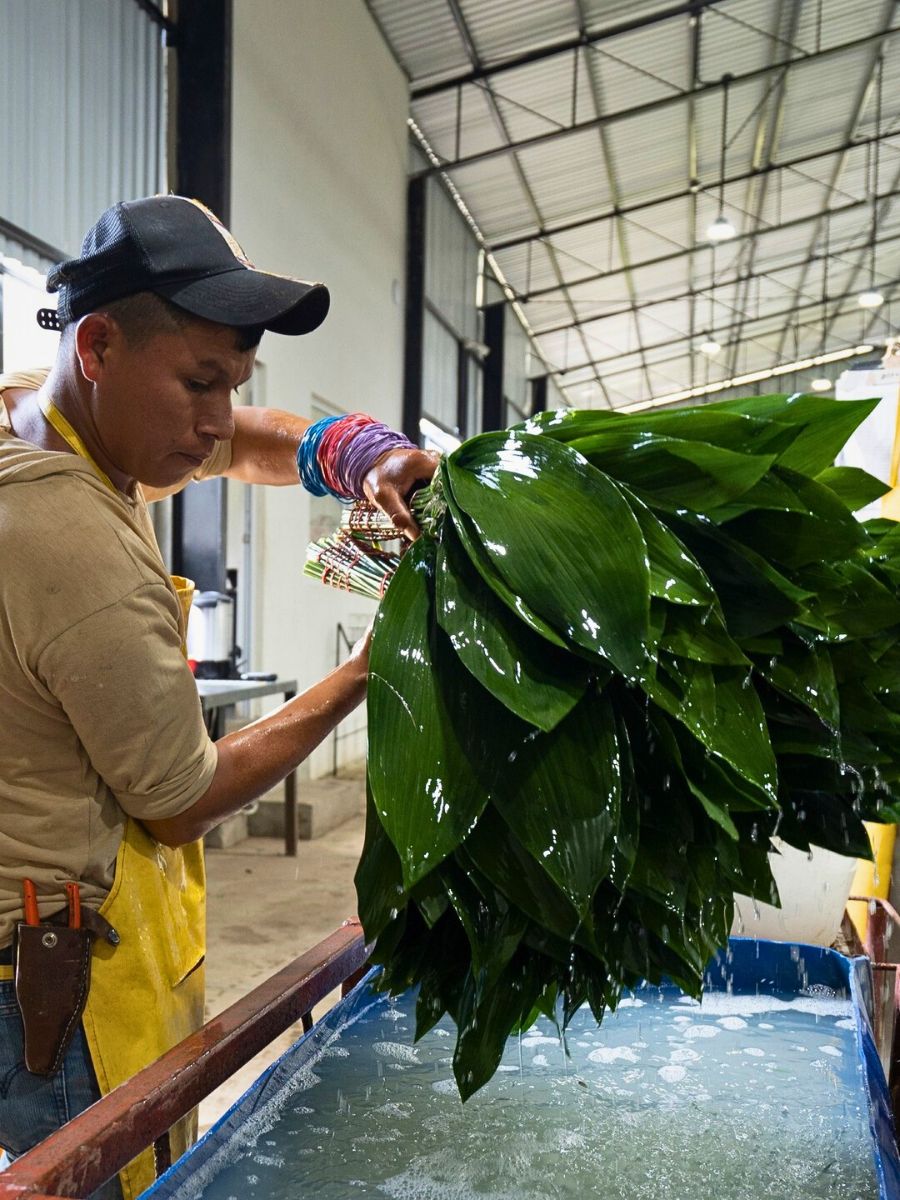
Best Greywater Practices for Floriculture Implementation
Successful greywater systems in flower farming require strategic design. Farms should establish dedicated collection infrastructure to separate greywater from blackwater and stormwater, preventing cross-contamination. Multi-stage treatment combining physical filtration with disinfection provides the reliability necessary for consistent water quality.
Also, soil and water testing during initial implementation and periodically thereafter ensures that accumulated salts or chemical residues remain within acceptable ranges. Flower growers should rotate irrigation areas when possible to prevent localized salt accumulation.
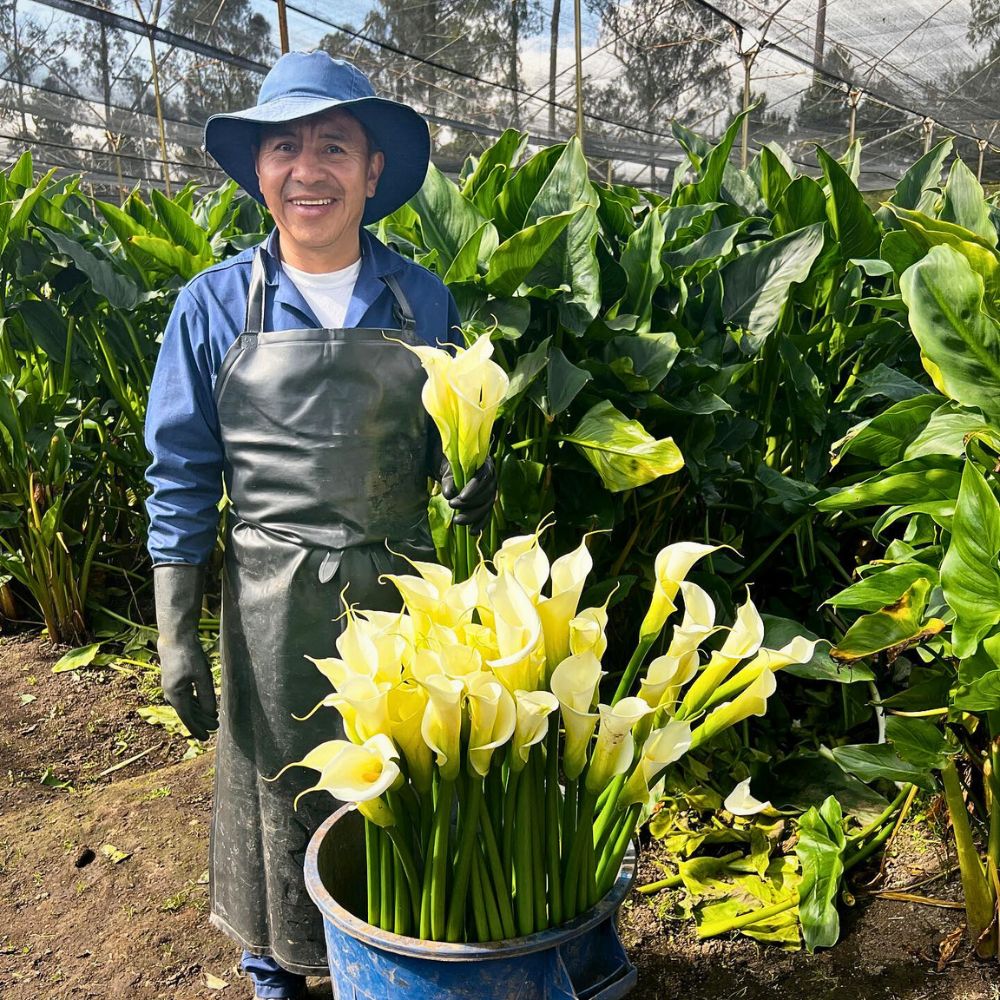
Likewise, documentation and compliance with water regulations are essential, particularly as governments increasingly establish guidelines for greywater recycling. In countries like Kenya, while greywater recycling remains relatively informal in many floriculture operations, establishing systems that meet emerging regulatory standards positions farms favorably for future compliance.
What Are Greywater Prospects for Sustainable Floriculture?
As perhaps realized by now, greywater systems are practical for achieving sustainability in floriculture, particularly as water availability becomes increasingly constrained. As treatment technology advances, systems are becoming more efficient, affordable, and accessible for farming operations.
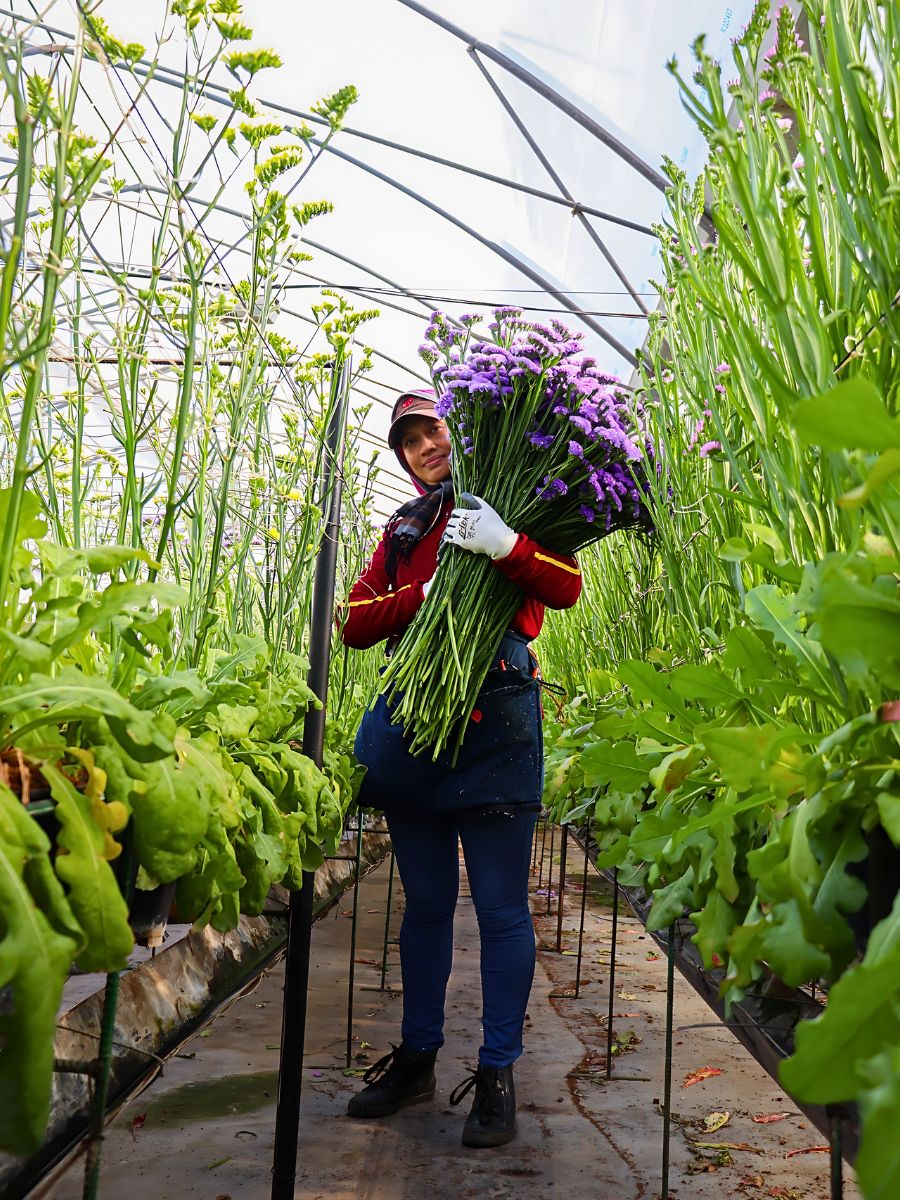
While traditional greywater treatment methods often involved costly, complex infrastructure, limiting their use to large-scale or industrial operations, recent innovations, particularly nature-based solutions such as constructed wetlands and biological treatment methods, offer low-energy, adequate filtration and disinfection options that significantly reduce operating costs. These nature-based systems leverage plants and microorganisms to remove organic matter and pathogens, enabling treated greywater to safely irrigate plants without the need for expensive chemicals or energy inputs.
Also, economies of scale and modular system designs now allow even small and medium-sized farming operations to implement recycling, breaking previous cost barriers and facilitating wider adoption. Advances in sensor technology and automation optimize treatment cycles, reduce labor, and ensure consistent water quality, making greywater systems more reliable and user-friendly.

This technical progress also aligns with efforts to address water scarcity, regulatory incentives, and rising water prices, thereby increasing the economic attractiveness of investing in greywater treatment. Eventually, what has traditionally been an optional environmental practice could become an operational norm across floriculture operations.
Feature image by @floresdeleste. Header image by Quang Nguyen Vinh.

